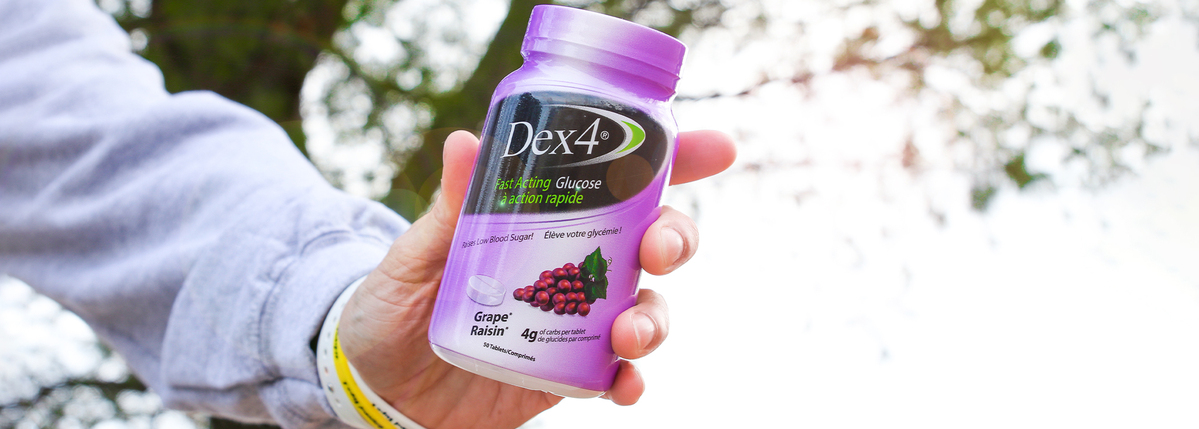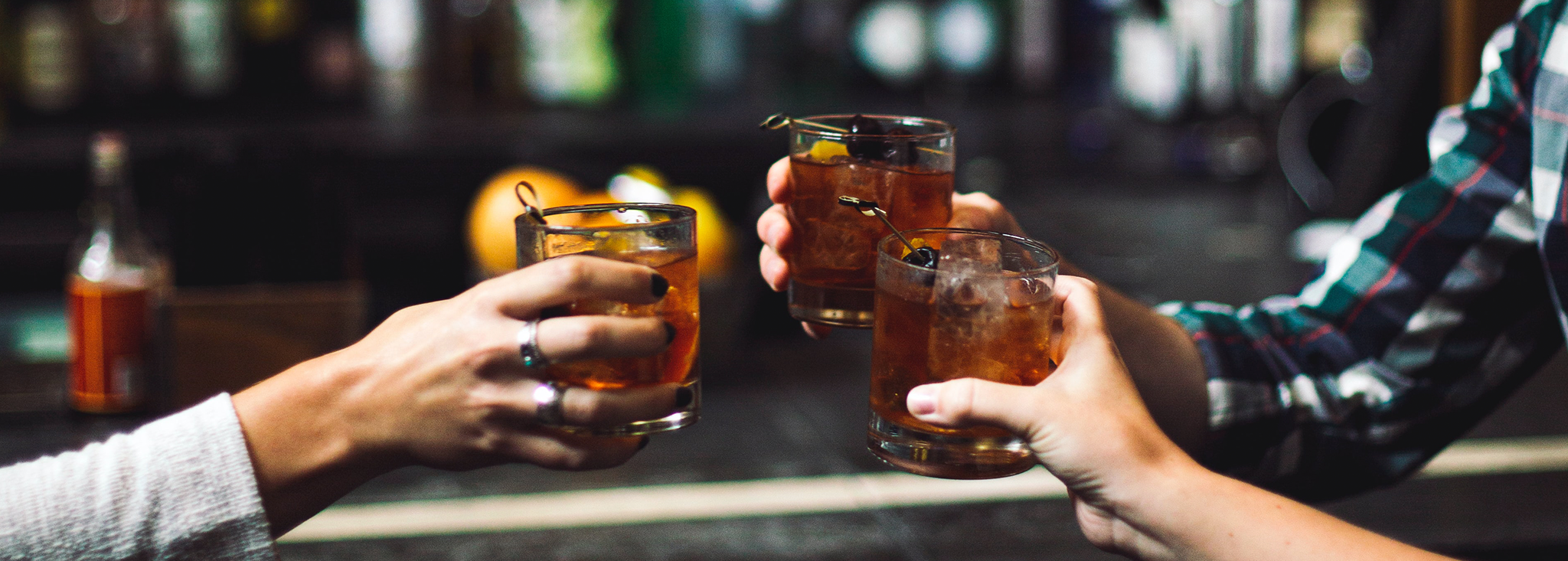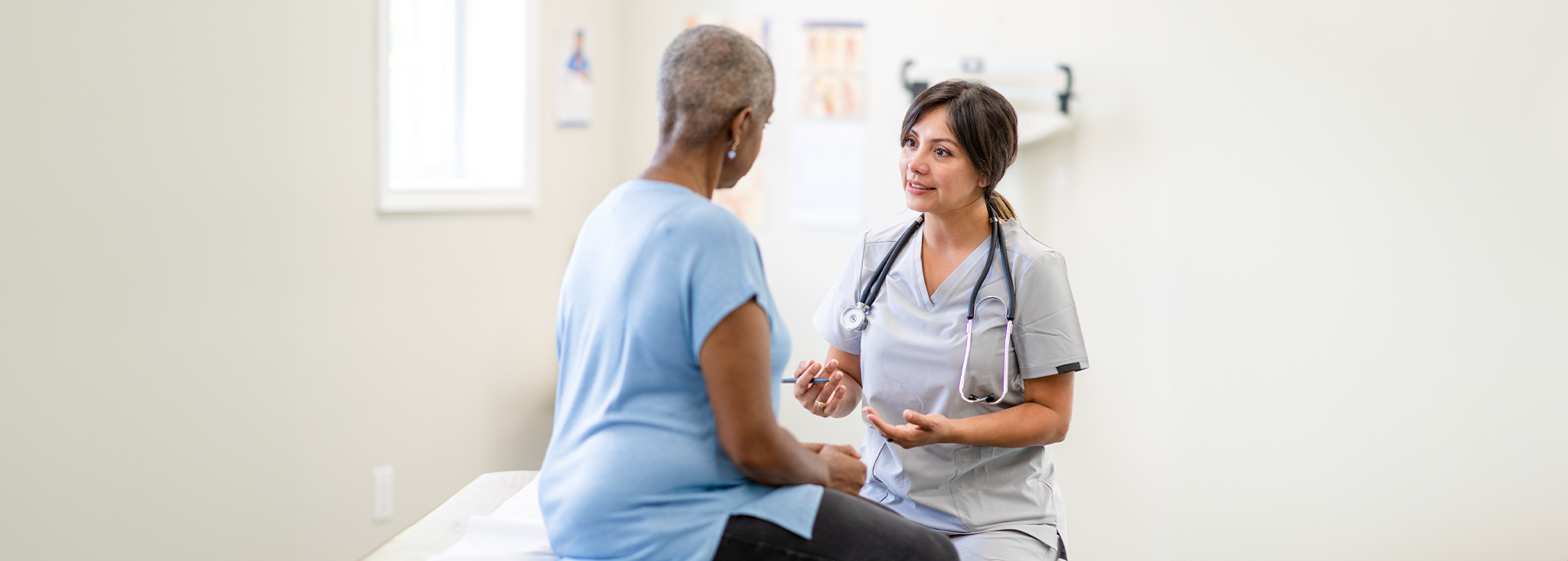4 Things You Need to Know Before Your Next Low Blood Sugar
Written by: Lala Jackson
4 minute read
March 16, 2021
Editor’s Note: This content was made possible with support from Zealand Pharma, an active partner of Beyond Type 1 at the time of publication.
Over the past two years, multiple new forms of glucagon have become available, moving away from the old clunky version (massive syringe, with a powder and liquid that had to be combined before use) toward easier-to-use options like nasal glucagon, a quick-pen with a liquid-stable version of glucagon and more. But more options entering the market don’t mean much unless everyone who takes insulin also knows how and when to best treat various forms of low blood sugar, also called hypoglycemia.
First, let’s back up to what glucagon is—a hormone that is naturally occurring in the body, glucagon works in partnership with insulin. Insulin lowers blood sugar by converting glucose in the bloodstream into fuel for the body, while glucagon triggers the body to release glucose reserves from the liver to raise blood sugar. In the body of a person with diabetes, this process has to be manually managed. But while type 1 diabetes requires immediately getting up to speed with how to dose insulin, many people with type 1 diabetes (T1D) don’t carry or have never used glucagon.
So before your next low blood sugar, here’s what you need to know:
#1: If you take insulin, you need to have glucagon on hand.
For everyone who uses insulin—regardless of type of diabetes—low blood sugar is the most immediate and severe possibility of dosing insulin. Most people can feel when their blood sugar is going low, while about 40 percent of people with type 1 diabetes experience some form of low unawareness. Either way, situations can occur where your blood sugar drops quickly or severely because of the amount of insulin in your system or other factors like vigorous exercise, sickness and more.
Because previous options for glucagon were bulky and sometimes difficult to use, and because sometimes glucagon can be prohibitively expensive, many people who take insulin don’t have up-to-date glucagon on hand, or haven’t shown the people they spend the most time with how to use it.
But it’s time to normalize glucagon use as a quick, safe, effective way to raise blood sugar that your body is already used to. Glucagon naturally occurs in the body, so your body already knows how to process it. And many companies offering newer glucagon options have copay cards and cost-reducing programs so you can get your prescription filled. Talk to your healthcare provider about your options.
#2: The old advice of “eat 15g of carbohydrate, then wait 15 minutes” doesn’t work for every type of low blood sugar.
For many people living with diabetes, you may have heard this adage from your healthcare provider. In some cases—like if you are experiencing mild symptoms of low blood sugar, possibly brought about by light exercise or giving yourself slightly too much insulin for a meal, this could be true.
But if you are experiencing moderate or severe symptoms of hypoglycemia, often brought about by accidentally dosing too much insulin, intense exercise, not eating when planned, or illness, it may be dangerous to only have 15g of carbohydrate and then wait. To best understand what to do when having a low blood sugar, you need to be able to recognize what type of low you’re experiencing.
Which brings us to…
#3: There are different levels of hypoglycemia.
And it’s important to know what your individual symptoms are for each.
For mild and moderate low blood sugar, your symptoms can be widely varied. Important to pay attention to is intensity—if the symptoms feel manageable and not incredibly intrusive to your being able to function, you’re still experiencing a mild low blood sugar, and consuming 15g of fast-acting carbohydrate like juice or another form of sugar, then waiting about 15 minutes to see if you need more, is likely best.
If the symptoms are starting to feel more severe or intense and interrupting your ability to function, this is a moderate low blood sugar, and likely needs to be treated more aggressively. This is a good point to make sure your glucagon is within reach if you need it and the people around you know how to help.
Mild and moderate symptoms can include feeling anxious or nervous, blurred vision, cold sweats, moodiness or irritability, cool or pale skin, fuzzy mouth or tongue, difficulty concentrating, drowsiness, excessive hunger, fast heartbeat, headache, nausea, shakiness, restless sleep, or nightmares.
Once symptoms progress, they can also include behavior change similar to being drunk, slurred speech, anger and starting to get combative or disoriented. You may also experience symptoms not listed here that are more unique to your body.
For some, this may be the point at which you can use a smaller dose of glucagon to manage a moderate low blood sugar. While this type of glucagon therapy—sometimes referred to as “mini-dosing” glucagon—is not FDA approved, some people with diabetes have started incorporating the practice into their care routine. Not all types of glucagon provide the ability to mini-dose, so if you plan to use this as part of your care toolkit, talk to your doctor about this possibility.
Severe symptoms include unmanageable forms of all of the above, as well as severe disorientation, or feeling like you’re minutes away from passing out (which usually feels like excessive dizziness, nausea, or your vision starting to get patchy or blacking out). This is also the point at which you may no longer be able to consume a source of sugar easily. At this point, you can self—administer or get help administering glucagon, per FDA guidance for when to use glucagon.
Once a person has started experiencing seizures or convulsions or has passed out from a severe low blood sugar, glucagon must be administered. If done outside of a hospital, emergency services should always be contacted for safe follow-up. Once a person has experienced a severe low blood sugar, they are more likely to experience another within 24 hours, so keep a close watch on your levels.
#4: Glucagon isn’t just for unconscious people.
Many people who use insulin were incorrectly taught that glucagon is only for use in someone who has already lost consciousness, but this is not true. FDA guidance for glucagon use includes treatment of severe hypoglycemia, which includes symptoms like disorientation, seizures, or convulsions. It is actually much safer to give glucagon—either yourself or with someone’s help—while you are still conscious.
Don’t wait until the last possible moment – if you are experiencing severe low blood sugar symptoms, glucagon is a good option to reverse your low blood sugar so it does not cause permanent damage.
Related Resources

Low blood sugars can be exhausting, frustrating and downright scary. In some situations, we need...
Read more

Editor’s Note: Low blood sugars—also known as hypoglycemia—can be one of the most challenging, stressful,...
Read more

Yes, people with diabetes can drink alcohol, but there are a few very important things to keep...
Read more


